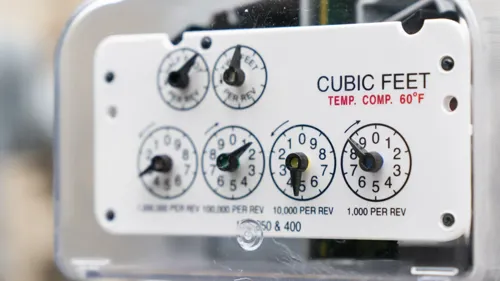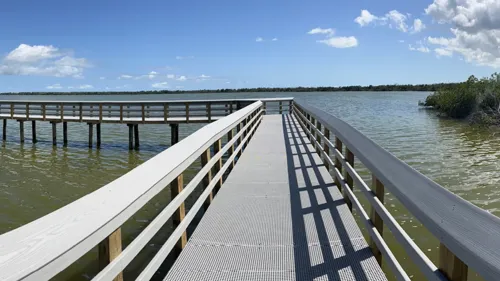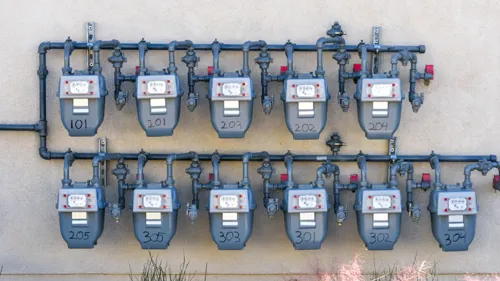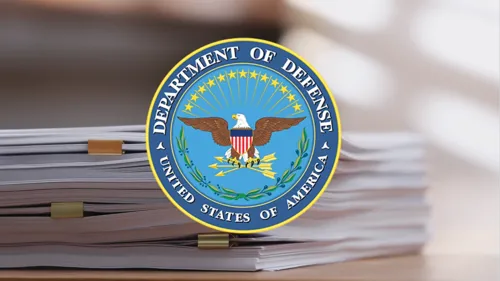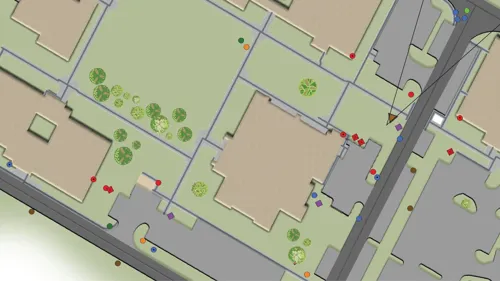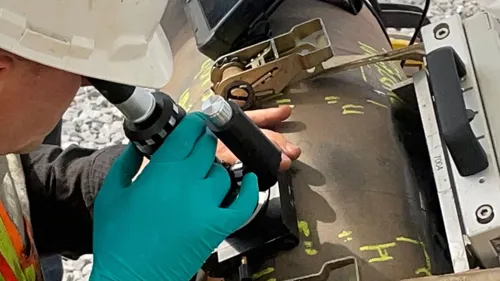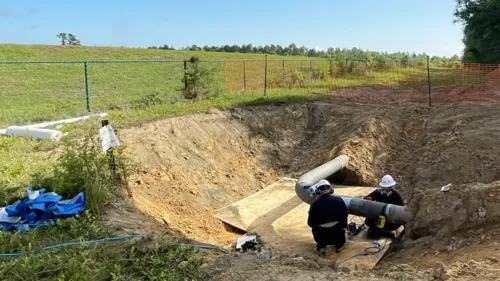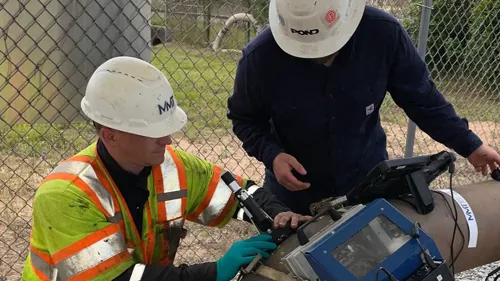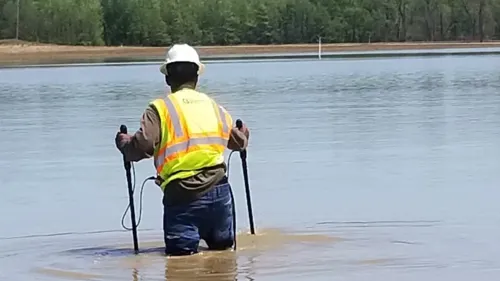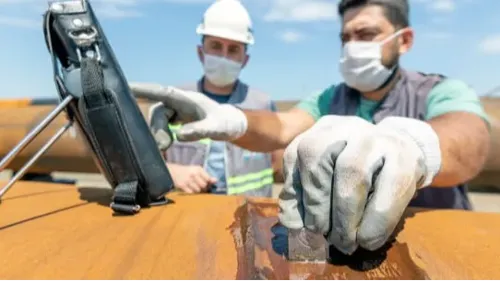Bat Species Proposed for Endangered Species Act Listing: Pond Provides Guidance on Consultation and Permitting
Author:
Kyle Macdonald | Environmental Scientist at Pond | [email protected]

Photo: U.S. Fish and Wildlife Service
A bat species commonly found throughout the eastern United States is being proposed for listing as an endangered species, an action by the United States Fish and Wildlife Service (USFWS) that would ensure federal protection of the bat’s habitat and formally place it under the guidance of the Endangered Species Act (ESA).
This protection means projects proposing development within the habitats of ESA protected species may require consultation and permitting to minimize and mitigate impacts to the habitat and the species.
By engaging Pond’s Environmental Services professionals, clients receive assistance and expert guidance with the consultation and permitting process to ensure compliance with Federal regulations and protection of ESA listed species – all while also working to maintain project goals and outcomes.
Tri-colored Bat Basics
The Tricolored Bat (Perimyotis subflavus) is common throughout the eastern United States, Canada, and many Central and South American countries. With habitat ranging from the southern tip of Florida to the northern portions of Maine and as far west as the plains of Colorado, the bats are found in both natural and urban settings. During the winter, these bats typically hibernate in caves and mines, but because of a lack of these features in the southern states, they have been known to hibernate in the shelter provided by bridges and culverts. In the spring, summer, and fall months, tri-colored bats are typically found in forested areas where they roost within the living and dead leaves of trees and forage for insects at the forest’s edge and over bodies of water.
Although habitat loss and other factors have contributed to the species decline – thereby promoting the proposed protection by the USFWS – a disease called White-Nose Syndrome is the primary threat to the tri-colored bat. Caused by a fungal pathogen, the disease has led to a 90-100% decline in winter colony abundance in areas where the disease has impacted bats.
Caused by a fungal pathogen, the disease has led to a 90-100% decline in winter colony abundance in areas where the disease has impacted bats.
What Does ESA Listing Mean?
The United States Fish and Wildlife Service has proposed listing the tri-colored bat as endangered under the federal Endangered Species Act. This law provides protections for endangered or threatened species and outlines procedures for consultation between USFWS and agencies with jurisdiction or involvement in projects or planning activities, such as Department of Transportation, Environmental Protection Agency, Department of the Interior, and many others. In addition, ESA lays out procedures for an “incidental take” – a permit issued when a project may cause an incidental impact on an endangered species.
USFWS will often designate critical habitat and issue consultation guidelines to help developers and their consultants navigate through the protections afforded a protected species. Given that the listing of the tri-colored bat is in the proposal stage, it is likely that such consultation guidelines will be provided following the formal listing.
Pond’s Expert Guidance on Consultation and Permitting
Providing knowledge and experience on consultation and permitting for ESA listed species is a strength of the environmental professionals at Pond. The team has provided such expertise for other listed bat species like the northern long eared bat (Myotis septentrionalis), Indiana bat (Myotis sodalis), grey bat (Myotis grisescens), and Florida bonneted bat (Eumops floridanus). However, since it is unlikely that there will be specific consultation guidelines and critical habitat identified at the time the tri-colored bat is listed, processes and procedures may be initially unclear. Projects that fall within the range of the tri-colored bat will greatly benefit from the knowledge and experience of Pond environmental experts who can help clients understand and navigate the consultation and permitting processes.
Should a project affect the tri-colored bat – or any other ESA listed species – our experts can work closely with the USFWS to facilitate timely review and permitting.
Pond’s team can conduct a habitat assessment to determine the likelihood of tri-colored bats within a project area and provide a proposed effect determination. Should a project affect the tri-colored bat – or any other ESA-listed species – our experts can work closely with the USFWS to facilitate timely review and permitting. If deemed necessary, Pond can also perform and manage surveys to determine the presence of tri-colored bat individuals.
Planning, permitting, and constructing a proposed development project can be complicated, especially when an endangered species habitat is involved. By turning to the environmental professionals at Pond, clients can rely on our expertise and experience to move a project forward with assurance that the species and its habitat will be protected. Learn more about Pond's environmental assessment services.





